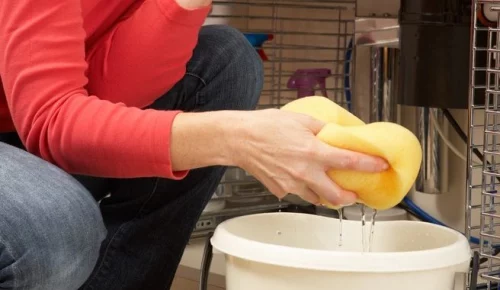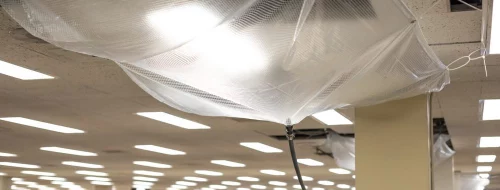Flooding is something that many homeowners and commercial property managers will occasionally encounter. Once the water has stopped flowing and it’s time to start cleaning up the mess of excess, it’s human nature to want to hurry up and get your property back to normal as quickly as possible. However, it’s important to pause and make sure you are prepared. The issue is that your Northern Illinois home or business has been submerged in floodwater, and rebuilding too quickly after a flood without proper cleanup can lead to lasting problems like mold growth, insect infestations, wood rot, and more.
Let’s take a look at what’s necessary to have on hand for flood clean up and what the process is to remove water safely from your property. Read on for our supply shopping list, and our five step process for safe flood water clean-up.
Supply Shopping List for Basement or Other Flood Clean-Up:
Before starting any sort of clean up, it’s important to have the proper tools on hand. Follow this shopping list to make sure you always have these items on hand:
Flood Water Cleaning Supplies
- Gloves
- Masks
- Trash bags
- Towels
- Sponge
- Bleach
- Buckets
- Scrub Brush
- Household Cleaners
Flood Water Clean-Up Tools You Must Have
- Hammer
- Screwdriver
- Wrench or Pry Bar
- Wet/Dry Vac
- Battery Powered Water Pump
- Fans or Blowers
- Dehumidifier
- Broom
- Mop
Steps to Take to Clean Up After a Flood
A flood can happen due to a number of reasons. Heavy Chicago rain, melting snow, a burst pipe, drainage issues – all of these things can lead to standing water in your home. Once you have identified the water source and stopped it, it’s time to gather your supplies and start cleaning up.
Step One: Start by turning off your power
Before entering the area of your home that has been touched by the flood, turn off the power to the area. Water and electricity don’t mix. If you cannot find the circuit breaker, or don’t have access to the panel, call in an electrician.
Step Two: Wear protective gear
Flood water can come from different sources. Depending on where the water comes from, it can create a hazard for the individual doing the cleaning. As you investigate the flood, be sure that you protect yourself from any hazardous materials that may be present in the water. This includes wearing gloves, goggles, masks, and, if possible, coveralls for maximum protection.
Step Three: Start the dryout process
To begin the flood clean up process, start by drying out the area. Mold can start forming in an area after just 48 hours, which is why speedy water removal is so important. A wet/dry vac can start this process. Using a sump pump or battery powered pump can also assist to remove the water.
Once standing water has been removed, large fans and dehumidifiers can be brought in to help remove additional moisture from the area. This will help to prevent mold and mildew while also assisting in drying out the flooded space.
Step Four: Remove any wet belongings and structural materials
If the flood waters have affected any of your belongings, it is time to remove them from the area. While this includes furniture and personal items, it also means removing wet drywall and insulation from the walls to prevent any type of mold growth. Wet carpeting and flooring requires removal as well, as mold can grow under floorboards.
As you remove any structural pieces and before you throw away any damaged items, don’t forget to take photographs of the damage for insurance purposes.
Step Five: Begin the cleaning process
Now that the area is clear of wet possessions, drywall, and flooring, you can begin to clean the area. Dirt and debris can be removed with cloths, mops, and sponges using household cleaners and bleach. Remember to clean or discard your tools when you are done. If the water has been present for more than a day, or if it may contain sewage, it’s in your best interest to bring in a mold remediation specialist to check for any lasting damage, and to begin professional clean up procedures.
Call McMahon Services for Lake County Flood Clean-Up Help
After a flood, McMahon Services has a professional water damage restoration team ready to help 24/7. Handling flood waters is a tricky situation, since some water can be dangerous to clean up on your own. Dealing with flooding from a sewage back up requires the help of a professional team, and McMahon Services has the equipment and training to clean up your home and get things back to normal as quickly as possible.
Whether you need regular help or just back-up for big jobs, our water damage and sewage clean up team is available for dispatch whenever disaster strikes – call us today for a free damage inspection and estimate.








0 Comments